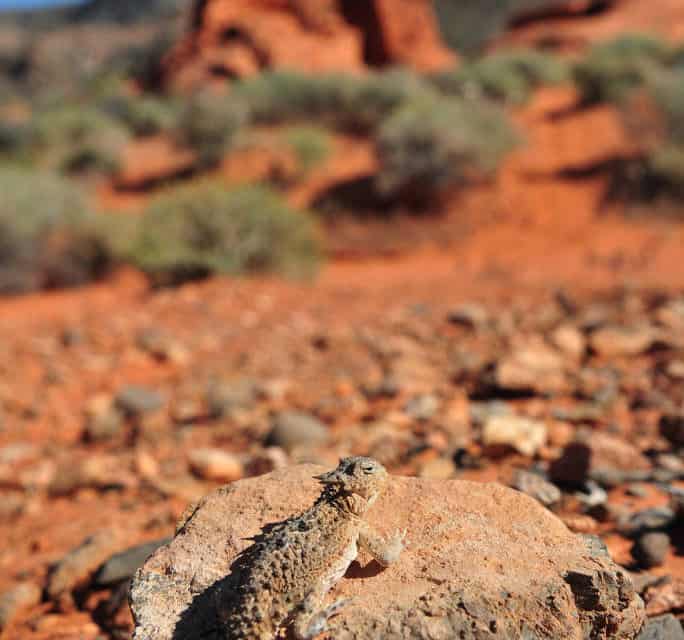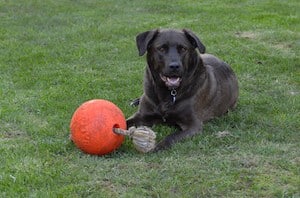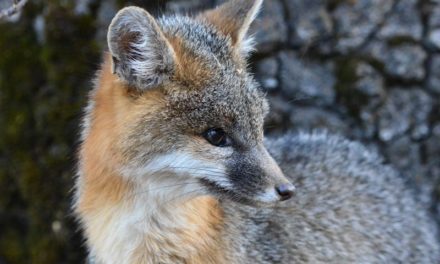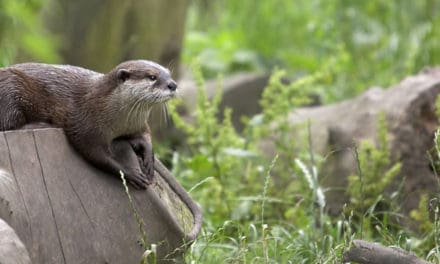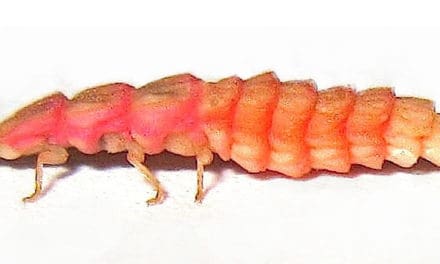By Melissa Wynn
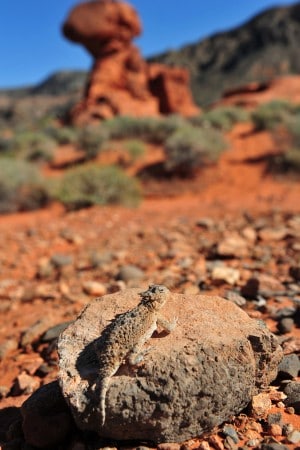
For generations kids in Eastern Lassen and Modoc Counties along with those in Nevada’s Washoe County have played outside and chased the Northern Desert Horned Lizard or as they are sometimes called, horny toads. These spiked, scampering, sun lovers of the sagebrush are a blast to watch as they zip around desert areas. When caught however, these flat but frisky lizards hiss and will bite. They prefer to not be handled and will use camouflage and stillness as a first line of defense. Short speedy departure is an option when necessary.
Northern Desert Horned lizards are flat-bodied with short spines on their head and have one row of pointed scales fringing the body. Belly scales are smooth. Most of these radical looking reptiles are red, tan, or dark gray, with wavy cross bands on the sides of the head and have dark blotches on the sides of the neck.
Basking in the sun is a favorite pastime of horned lizards during the cooler morning hours but, like an old car, once they are warmed up they are ready to roll. By night our desert day tripper burrows under the sand to keep warm but leaves his eyes above ground to watch for danger.
Northern Desert Horned Lizards breed April through July and the little ones begin scurrying about in the fall, as our young ones scurry back to school. The babies are called hatchlings and average 7/8 to 1 and 1/8 inches long. Sometimes they bury themselves in the sand as soon as they hatch and have a cautious look around. Mom and Dad don’t stick around so the hatchlings hunt for themselves immediately. These self sufficient beginners are adorable with their tiny horns and smooth skin, like little punk rockers.
Next time you are wandering about our Eastern desert neighborhoods don’t forget to look down and around for the lizard that looks like a dinosaur, the Northern Desert Horned Lizard.
Facts courtesy of desertusa.com and californiaherps.com

